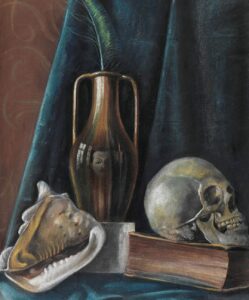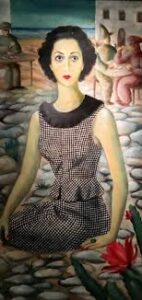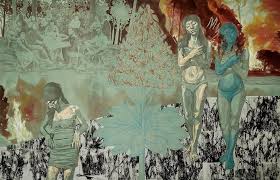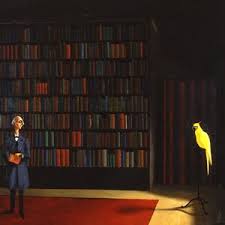by Valentina Biondini, art and literature amateur
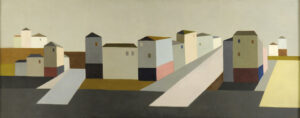
Vera Pagava (1907-1988) was the first Georgian female artist to gain recognition in the European art world. She was a well-rounded artist, devoted herself to drawing, decoration, and especially painting over the course of a fifty years career. She emigrated to Europe with her family in the 1920s, shortly before Georgia’s annexation by the Soviet Union. First, she settled in Germany and then in Paris, where she remained for the rest of her life, while maintaining strong ties to her homeland. Read more
